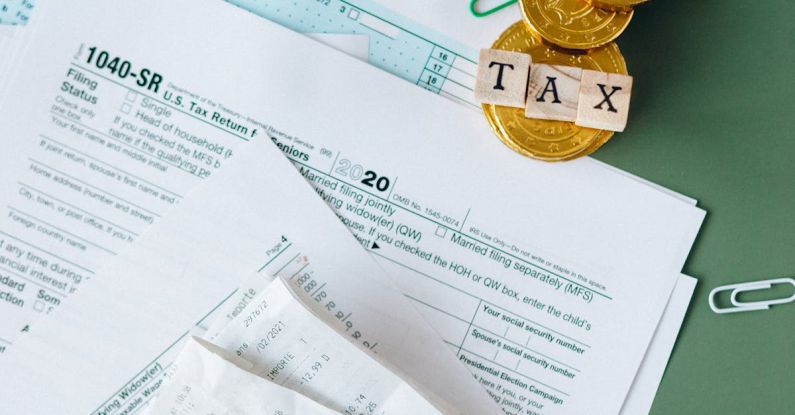Balancing Retirement and Education Savings
Saving for retirement and funding education are both crucial financial goals that many individuals strive to achieve. However, balancing these two priorities can be a challenging task that requires careful planning and consideration. In this article, we will explore strategies to effectively manage and allocate resources towards retirement and education savings.
Understanding Your Goals
Before diving into the specifics of saving for retirement and education, it is essential to have a clear understanding of your financial goals. Take some time to evaluate what you want to achieve in terms of retirement and education. Consider factors such as your desired retirement age, lifestyle expectations, and the cost of education for yourself or your children. By defining your goals, you can create a more focused savings plan that aligns with your objectives.
Prioritizing Retirement Savings
Retirement should typically take precedence over education savings. While it may be tempting to prioritize funding for your children’s education, it is essential to remember that there are other avenues to pay for college, such as scholarships, grants, and student loans. On the other hand, there are limited options for funding your retirement years, making it crucial to prioritize saving for this goal.
Maximizing Retirement Accounts
One of the most effective ways to save for retirement is by taking advantage of tax-advantaged retirement accounts, such as 401(k) or IRA accounts. These accounts offer significant tax benefits and can help you grow your savings more rapidly. Consider contributing as much as you can to these accounts, especially if your employer offers a matching contribution, as this can significantly boost your retirement savings over time.
Balancing Education Savings
Once you have established a solid foundation for your retirement savings, you can start allocating resources towards education savings. Consider opening a 529 college savings plan, which offers tax advantages and can help you save specifically for education expenses. Additionally, explore other education funding options, such as Coverdell ESAs or custodial accounts, to diversify your savings approach.
Setting Realistic Targets
When balancing retirement and education savings, it is crucial to set realistic savings targets based on your financial situation and goals. Calculate how much you need to save for both retirement and education, taking into account factors such as inflation, investment returns, and time horizon. By setting achievable targets, you can track your progress and make necessary adjustments to stay on course.
Automating Savings
To simplify the process of saving for retirement and education, consider automating your contributions. Set up automatic transfers from your paycheck or bank account to your retirement and education savings accounts. Automating your savings not only ensures consistency but also removes the temptation to spend the money elsewhere.
Monitoring and Adjusting
Regularly monitor your retirement and education savings accounts to track your progress towards your goals. Review your investment performance, contributions, and expenses to ensure that you are on track to meet your targets. If necessary, make adjustments to your savings strategy, such as increasing contributions or reallocating investments, to stay aligned with your goals.
Adapting to Changing Priorities
As life circumstances change, your priorities may also shift. Be prepared to adapt your savings strategy accordingly. For example, if you receive a windfall or experience a financial setback, reassess your retirement and education savings goals to ensure they remain achievable. Stay flexible and be willing to make changes as needed to stay on the path towards financial security.
Striking a Balance
Ultimately, balancing retirement and education savings requires careful planning, discipline, and a clear understanding of your goals. By prioritizing retirement savings, maximizing tax-advantaged accounts, setting realistic targets, automating savings, monitoring progress, and adapting to changing priorities, you can effectively manage both financial goals simultaneously. Remember, finding the right balance is key to securing your financial future and achieving your long-term objectives.






